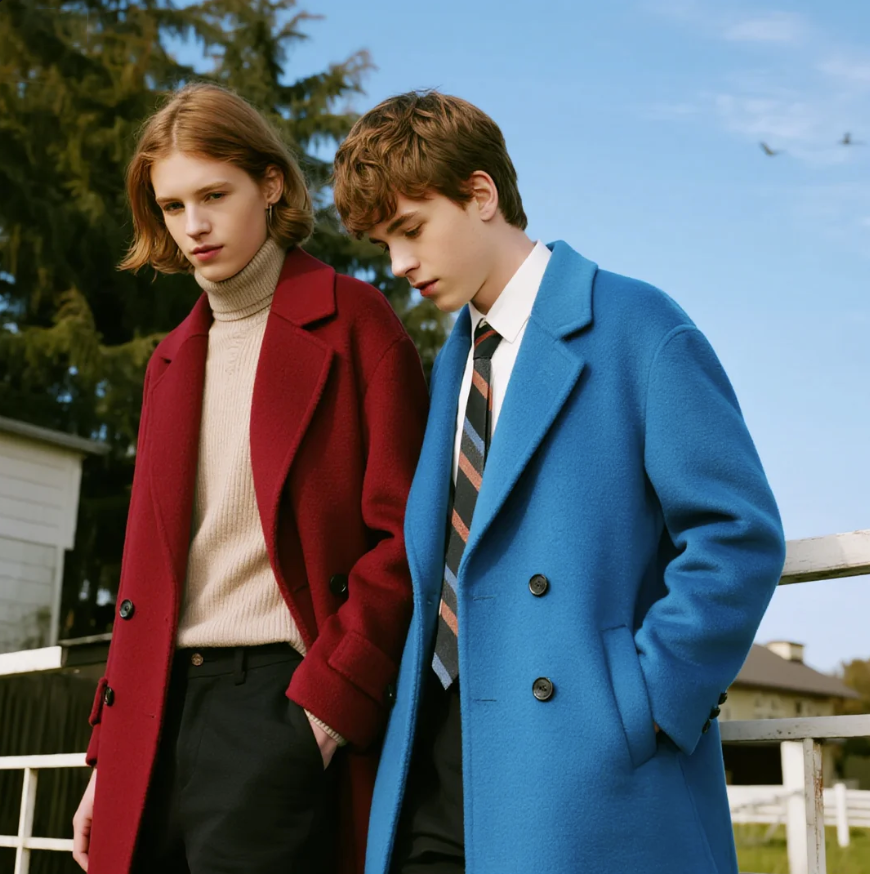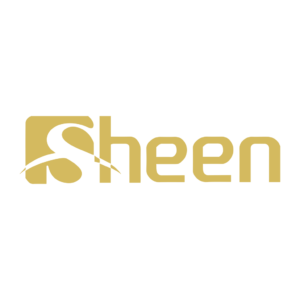As a clothing export manager with over a decade of experience bridging global fashion trends and manufacturing, I’ve witnessed firsthand how a well-designed coat can define a brand’s identity—and drive export success. The European and American markets, in particular, demand coats that balance timeless elegance with cutting-edge style, where functionality meets high fashion. Let’s dive into the key elements of “Euro-American fashion coat aesthetics,” along with practical insights to help your brand thrive in these competitive regions.

1. The Core DNA of Euro-American Coat Trends
At the heart of Western coat design lies a fusion of heritage and modernity. Unlike fast-fashion fleeting trends, European and American consumers prioritize pieces that transcend seasons—a philosophy rooted in “slow fashion” values. For autumn/winter 2024-2025, three themes dominate:
- Architectural Silhouettes: Think sharp tailoring with a twist. Double-breasted coats with exaggerated lapels (think 3-4 inches wide) are back, but reimagined with slimmer shoulders for a contemporary edge. Single-breasted styles, meanwhile, lean into relaxed fits—perfect for layering over chunky knits or tailored trousers.
- Luxurious Yet Understated Textures: Wool remains king, but blends are rising. Wool-cashmere (80:20) dominates premium segments for its softness and drape, while technical fabrics like “storm fleece” (water-resistant yet breathable) are gaining traction for urban commuters. Notably, 68% of buyers at the recent Première Vision trade show cited “texture contrast” (e.g., suede collars on wool bodies) as a key differentiator.
- Neutral Palettes with Pops of Personality: Classic camel, charcoal, and black still rule, but designers are injecting subtle energy through accent details—think a bright burgundy lining, contrasting piping, or metallic hardware (brass or matte gold). For younger demographics, muted pastels (dusty rose, misty blue) are emerging as “quiet luxury” favorites.
2. Sizing & Fit: The Make-or-Break Factor
One of the most common pain points in cross-border coat exports? Sizing discrepancies. European and American consumers have distinct expectations:
- EU Sizes: Tend to run larger in shoulder width (42-46cm chest for women’s coats) but slimmer through the torso. French brands, in particular, favor “slim-fit” cuts that skim the body without restricting movement.
- US Sizes: Prioritize comfort with roomier armholes and longer torsos (women’s coats often extend to mid-thigh). Plus-size segments (US 14+) are booming, with demand for coats that flatter curves without sacrificing structure.
Pro Tip: Always include a detailed size chart with both inch and centimeter measurements, and note “best for body type” (e.g., “slim-fit for athletic builds” vs. “relaxed-fit for curvy figures”). At Sheen, we’ve reduced return rates by 30% simply by adding video tutorials showing how to measure for our coats.
3. Sustainability: A Non-Negotiable in Modern Markets
Euro-American buyers now demand transparency. A 2024 McKinsey report found that 72% of Western consumers consider “eco-friendly materials” a top purchase driver for outerwear. This means:
- Traceable Fibers: Certifications like GOTS (Global Organic Textile Standard) or RWS (Responsible Wool Standard) are no longer optional—they’re expected.
- Circular Practices: Brands that offer repair services, take-back programs, or upcycled collections (e.g., coats made from repurposed vintage wool) see 25% higher customer loyalty.
- Local Production Narrative: Even if your factory is in Asia, highlighting partnerships with ethical workshops (e.g., SA8000-certified facilities) resonates deeply.
FAQs: Answering Your Top Coat Export Questions
Q: How do I balance trend-driven designs with timeless appeal?
A: Focus on “modular details.” For example, a classic camel coat with a detachable fur hood (trendy) but a tailored silhouette (timeless) can be worn season after season. At Sheen, we advise clients to allocate 70% of their collection to core styles and 30% to trend-forward pieces.
Q: What’s the minimum order quantity (MOQ) for custom-coated exports to Europe/US?
A: It varies by complexity, but most brands start with 500-1,000 units per style. For startups, we offer “mini-batch” options (200 units) with simplified trims (e.g., basic zippers instead of custom buckles) to lower risk.
Q: How do I handle returns due to fit issues?
A: Pre-empt returns with clear sizing guides and fit quizzes on your e-commerce site. For bulk orders, include a “fit sample” (a prototype in your target size) for buyers to approve before full production. At Sheen, we’ve seen a 40% drop in returns after implementing this step.
Closing Thoughts: Partner with Sheen for Coats That Convert
The Euro-American fashion coat market is competitive, but with the right design insights, sizing precision, and sustainability story, your brand can stand out. At Sheen, we go beyond manufacturing—we’re your partner in trend forecasting, quality control, and market entry strategy.
Ready to elevate your coat line? Explore our latest trend reports, request fabric swatches, or schedule a factory tour via our blog. Have questions about MOQs, certifications, or custom designs? Our export team is here to help—reach out today for a free consultation.
Stay stylish, stay profitable. Follow Sheen’s blog for more insights into global fashion trends! 🧥✨

